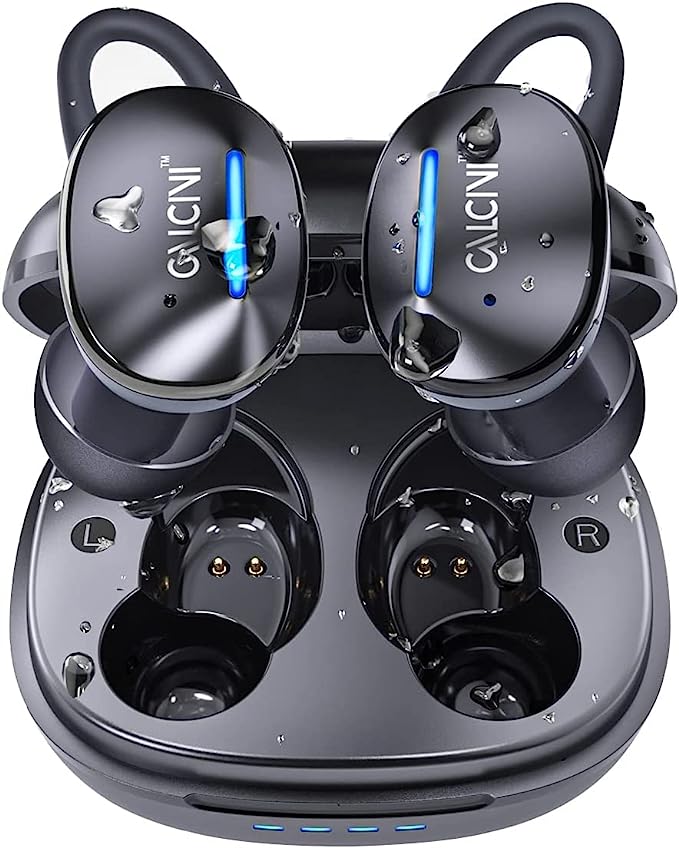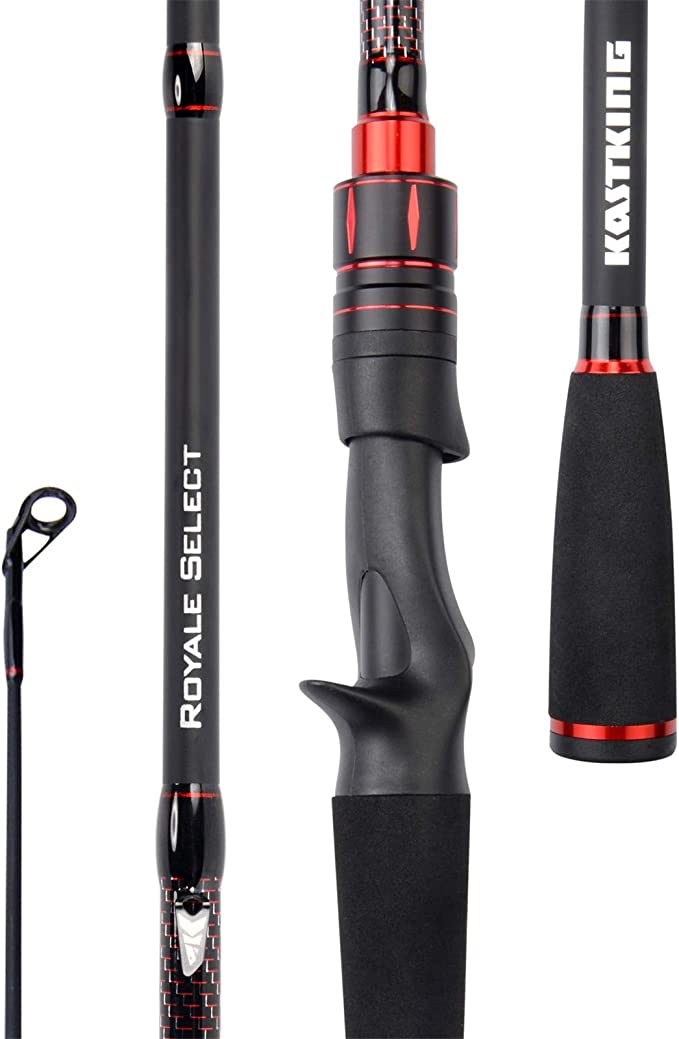The Thermodynamics of Light: Engineering 20,000 Lumens into a Handheld Form Factor
Update on Nov. 19, 2025, 6:17 p.m.
In the realm of portable illumination, there exists a persistent conflict between human desire and physics. We want the power of a lighthouse in a device the size of a smartphone. While marketing materials often highlight the headline number—lumens—the true story of modern high-performance lighting is one of thermal management, energy density, and the engineering compromises required to hold a “portable sun” in your hand.
Devices pushing the envelope, such as the Nitecore TM20K, serve as fascinating case studies in this struggle. They force us to re-examine what a flashlight actually is: not just a bulb and a battery, but a sophisticated heat engine that produces light as a byproduct.

The Multi-Emitter Matrix: Why More is Cooler
To understand how a compact device achieves an output of 20,000 lumens—equivalent to roughly 12 standard car headlights—we must look at the emitter topology. Traditional logic might suggest using one massive LED. However, from a thermal dynamics perspective, that is inefficient.
High-output devices utilize a matrix approach. The TM20K, for instance, integrates 19 individual CREE XP-L2 LEDs. This design choice is deliberate. By spreading the light generation across 19 separate points, engineers increase the surface area for heat dissipation at the source. Each LED is driven at a more efficient point in its power curve compared to a single emitter being pushed to its absolute red-line limit. This “distributed photon generation” allows for massive flood lighting, creating a wall of light rather than a single piercing beam, which is often more practical for search and rescue (SAR) operations where situational awareness is paramount.

The Energy Reservoir: The Case for Integrated Power
One of the most controversial aspects of ultra-high-performance lights is the move toward sealed, non-replaceable batteries. While this frustrates traditionalists who prefer swapping cells in the field, physics dictates the design.
To drive 19 LEDs to 20,000 lumens, the current draw is immense—often exceeding the safe discharge rate of standard consumer cells. The internal resistance of removable contacts (springs, gold-plated points) creates a bottleneck and generates dangerous waste heat. By spot-welding high-drain 21700 Li-ion cells directly into the circuit (creating a 9,600mAh reservoir), engineers minimize resistance path losses. This ensures that the energy goes into creating light, not melting the switch contacts. It is a trade-off: you lose the ability to swap batteries, but you gain the ability to safely discharge current at rates that would effectively “short circuit” lesser connections.
Thermal Regulation: The Reality of “Turbo”
A common misunderstanding among new users of high-lumen gear is the expectation of sustained output. “Why does it step down after 10 seconds?” is a frequent question.
The answer lies in thermal mass. A 14-ounce aluminum tube simply cannot dissipate the 100+ watts of heat generated by 20,000 lumens of output continuously without becoming too hot to hold or damaging the electronics.
Advanced Temperature Regulation (ATR) modules are the brain behind the brawn. They actively monitor the chassis temperature. When the thermal ceiling is reached, the system imperceptibly throttles the voltage. This isn’t a defect; it’s a safety feature. The “Turbo” mode in modern tactical lights should be viewed like the afterburner on a jet—designed for short, intense bursts of maximum performance, not for cruising. Understanding this distinction is key to using these tools effectively.

Cognitive Ergonomics: User Interface Under Stress
When a tool is capable of emitting blinding light, control becomes a safety issue. In high-stress environments—whether a police stop or a mountain rescue—fine motor skills degrade.
This necessitates a “Tactical UI” philosophy. Complex menus are replaced or augmented by physical toggles and dedicated switches. The goal is to allow the user to access critical modes (like Turbo or Strobe) without looking at the device. The TM20K’s implementation of a dual-paddle tail switch exemplifies this, separating the “on/off” function from the “mode selection” function physically. This allows the operator to lock the light to a specific output, preventing accidental activation of 20,000 lumens inside a backpack—a scenario that could literally start a fire.
Conclusion: The Right Tool for the Physics
The evolution of the flashlight from a burning rag to a microprocessor-controlled photon cannon is a testament to material science. Devices like the TM20K represent the current apex of this technology, balancing the immense potential of Lithium-Ion energy storage with the thermal limits of aluminum alloys.
For the user, the takeaway is education. Owning a high-performance light requires understanding its operational envelope. It is not just about buying the biggest number on the box; it is about understanding how to manage that power. When used correctly, these tools offer a level of safety and capability that was unimaginable just a decade ago.



























